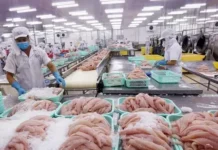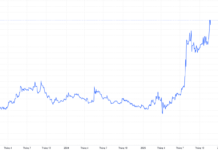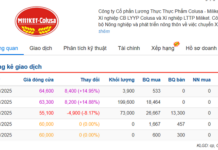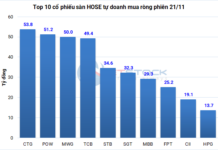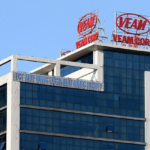The Ministry of Industry and Trade is seeking feedback on a draft circular outlining the procedures, methodologies for determining, and approving the power generation price framework, along with the method for setting the price of power generation services for energy storage systems.
According to the Ministry, developing energy storage systems is essential to accommodate the growing share of renewable energy, thereby enhancing the reliability and stability of the power grid. Under the adjusted Power Master Plan VIII, the total capacity of energy storage batteries by 2030 is projected to reach between 10,000 and 16,300 MW.
Additionally, the development of concentrated solar power plants must be paired with the installation of energy storage batteries at a minimum ratio of 10% of capacity and a storage duration of 2 hours.
The baseline power purchase agreement (PPA) price is negotiated between the seller and buyer but must not exceed the power generation price framework for pumped-storage hydropower plants, as set by the Minister of Industry and Trade for the baseline year.

Commenting on the draft, VinEnergo, part of the Vingroup ecosystem, proposed that Article 4 of the PPA should include a minimum output commitment (Qc).
VinEnergo also suggested implementing an incentive mechanism where energy storage system projects utilizing domestically manufactured equipment, technology, and components with a localization rate of 30% or higher would be prioritized for PPA signing and maximizing the utilization of stored electricity.
In response to these proposals, the Ministry of Industry and Trade recommended retaining the original draft. The rationale provided was that these suggestions fall outside the scope of the draft circular’s guidelines.
Regarding the internal rate of return (IRR) for determining power generation service prices, the Ministry’s draft sets a cap of 12%. VinEnergo proposed raising this to 15%. The Ministry responded by suggesting adherence to the draft circular to ensure consistency across different power plant types.
Established in March 2025, VinEnergo Joint Stock Company is the renewable energy arm within the Vingroup ecosystem.
At its inception, VinEnergo had a charter capital of 2,000 billion VND. Vingroup contributed 19%, billionaire Pham Nhat Vuong contributed 71%, and his two sons, Pham Nhat Quan Anh and Pham Nhat Minh Hoang, each contributed 5%.
By October 23, 2025, VinEnergo underwent a significant capital increase from 10,000 billion VND to 28,335 billion VND. Of this, 44.59% (12,133.9 billion VND) was contributed in cash, while other assets accounted for 55.41% (15,701.1 billion VND).
In a November 15 announcement, VinEnergo disclosed that it has one foreign investor holding 1,416.8 billion VND, equivalent to 5% of its shares. This investor is Dynamic Invest Group Limited, based in Hong Kong, China, a name that has frequently appeared within the Vingroup ecosystem.
A recent notable project by Vingroup in the power sector is the Hai Phong LNG Thermal Power Plant, which broke ground in late September. The project spans nearly 100 hectares with a total investment of over 178,000 billion VND.
In November, VinEnergo announced the addition of electricity transmission and distribution (3512) to its business activities, including wholesale and retail electricity sales.
Nationwide Distribution of New Gasoline Variant Set to Begin June 1, 2026, Sealing the Fate of RON92
Unleash the power of E10 fuel. This innovative blend, a harmonious fusion of 10% ethanol and 90% gasoline, is revolutionizing the way we drive. E10 fuel offers a cleaner, more sustainable alternative, reducing emissions and contributing to a greener future. Experience enhanced engine performance and efficiency with every fill-up, as E10 fuel optimizes combustion and maximizes power output. Make the switch to E10 and join the movement towards a more environmentally conscious and high-performing driving experience.
Accelerating Reforms: Ministry of Industry and Trade Brings Resolution 66 to Life
At the online seminar titled *”The Ministry of Industry and Trade Innovates Mindsets, Breakthroughs in Legal Frameworks,”* representatives from regulatory bodies shared insightful perspectives on the implementation of initiatives and solutions outlined in Resolution 66, effectively linking the resolution to real-life applications.


